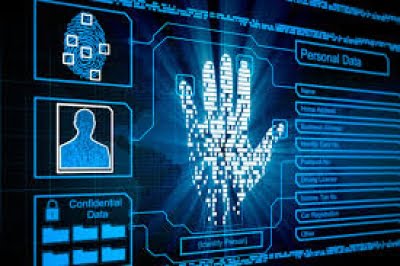
Have you ever passed through an international airport? Do you own a smartphone? Have you ever posted on social media? Then you have probably shared your biometric data – a set of physiological, physical or behavioral characteristics, listed and explained in ExpressVPN’s piece of research, which makes it possible to identify a person, and which has become a tool to optimize everyday dynamics.
This publication specifies that, thanks to biometrics, one or more personal characteristics can be encoded, measured and stored. For example, morphology identifies the fingerprint, the shape of the face or hand and the pupils. Biometric identification systems, which also include gait or voice, are useful for determining the opening of a bank account, entering a building or for more complex situations, such as applying for a Visa.
These applications justify the growth of the biometrics market, as it is being hailed by the new generation of consumers who are looking to completely replace tools (such as passwords) with these technologies. They cite its advantages to convince the conservative ones: reliable authentication due to the uniqueness of biological characteristics; its speed and convenience; elimination of the friction associated with traditional security measures; and the fact that biometric servers typically require less memory in the database.
One of the sectors that is always used as an example to prove its usefulness in a practical way is the financial sector. For example, El País recently published the information: “Goodbye to passwords, welcome to biometrics”; it quoted Santander Bank, which incorporated this form of recognition into its “app” to authorize transactions by analyzing personal characteristics. This fact was described by the institution as one more step towards the digitalization of the customer.
And although it is clear that when it comes to security, biometrics are definitely better than passwords, it is also worth noting that these systems are not infallible. Among the main issues facing biometric security is the lack of privacy of identifiers. Nowadays, fingerprints are left everywhere; many are even collected without the explicit consent of users.
A platform such as Facebook not only recognizes the face, but each store user visits records and stores their image in a database to identify them and analyze their shopping habits. In fact, it is legal in many countries to use software to identify people for commercial purposes, using images taken without consent.
These elements prove the need to control access to personally identifiable information to protect against identity theft. A hacker’s access to any of these databases would cause chaos in the life of any person who becomes a victim of biometric identification spoofing.
There are examples that confirm such assumptions or arguments: one of the most famous is that of the hacker Jan Krissler, who was able to defeat Apple’s TouchID technology just one day after its launch. And he did it by stealing the identity of German Defense Minister Ursula von der Leyen.
The hacker recreated the fingerprint of this public figure after obtaining high-resolution photos that were taken at press conferences, and after using VeriFinger software, he managed to reconstruct her thumbprint.
Knowing these realities invites us to make smart decisions when it comes to taking care of our biometric identity, such as implementing basic security measures; one of the most advisable is the combination of two or more biometric data and limiting their use in unknown digital scenarios.
However, these security measures do not protect against biometric surveillance, a growing threat to privacy today. Alarm bells are ringing in countries such as China, where a biometric tracking system known as “bio-ID” is being introduced, consisting of a network of tens of thousands of video cameras throughout subway stations, public squares and places of interest, with the aim, the government argues, of increasing the efficiency of public transportation.
News like this keeps debates about the technology raging. Many resist it and even condemn it; others defend it as an element that makes life easier and speak of its potential in sectors, such as agriculture, the automotive industry, hospitality and, of course, health. There are even those who describe such great potential, which will probably lead us to interact through biometric data 24 hours a day, beyond computers and smartphones.
If this science fiction path is the one we will travel, then the security and flexibility of the different biometric implementations must be improved, valid recommendations for this future that will demand greater guarantees from governments and companies in order to maintain the right of citizens to their identity.